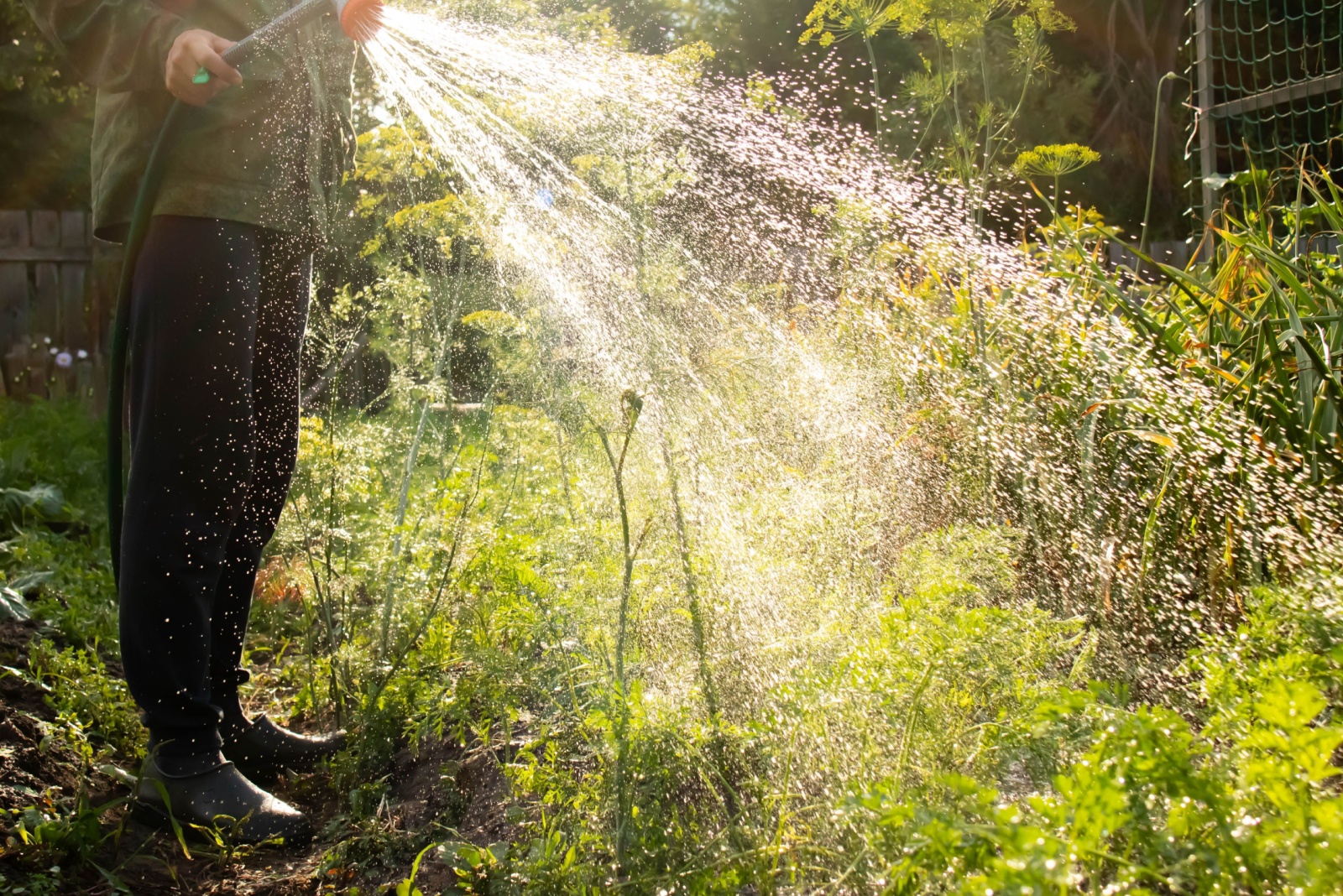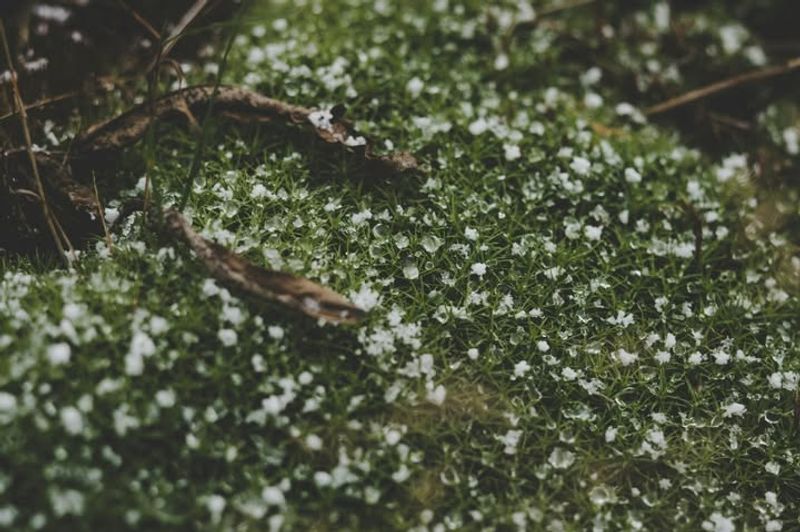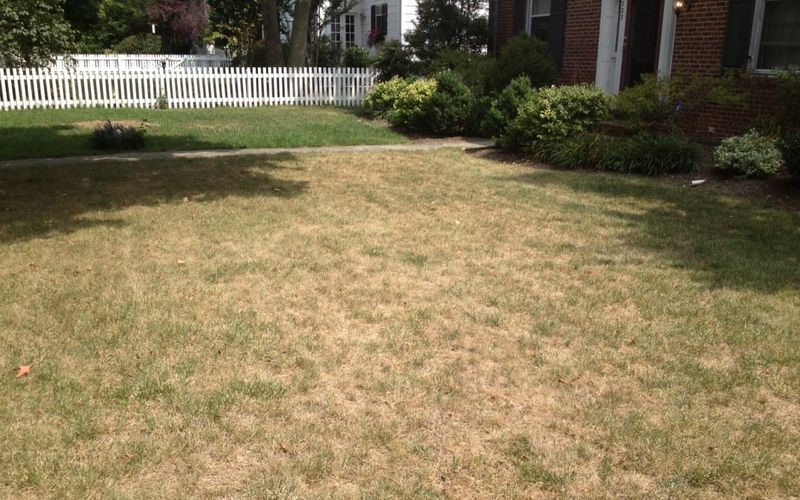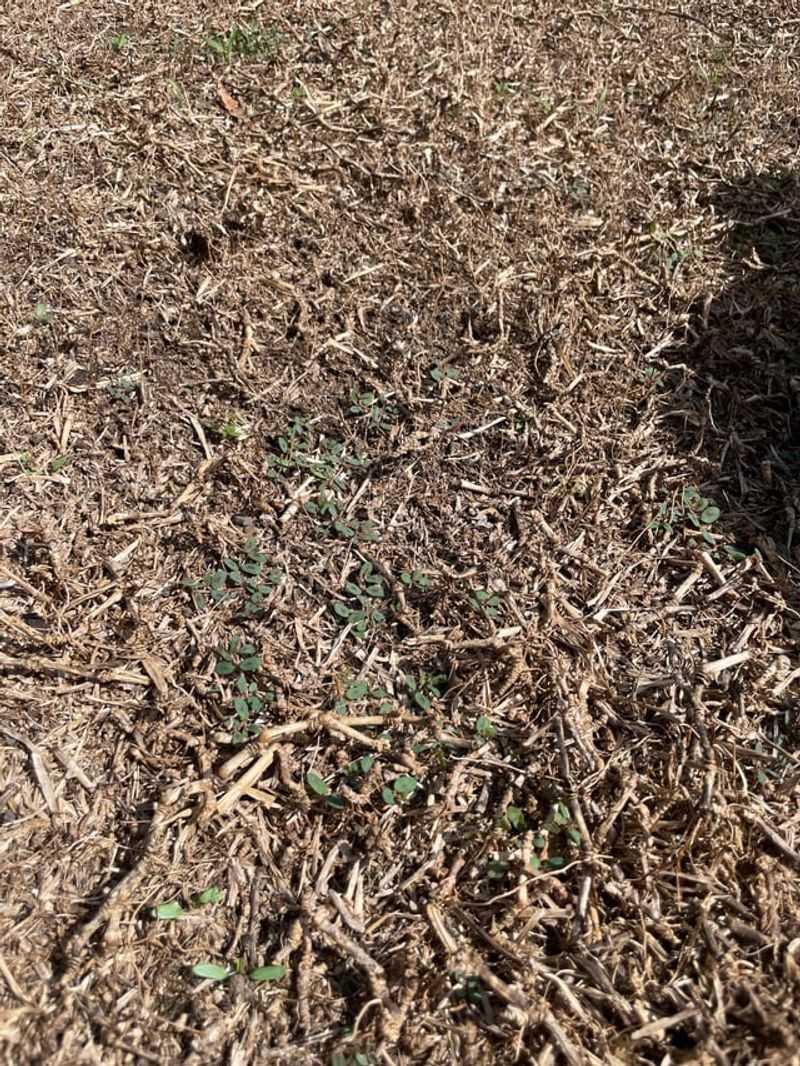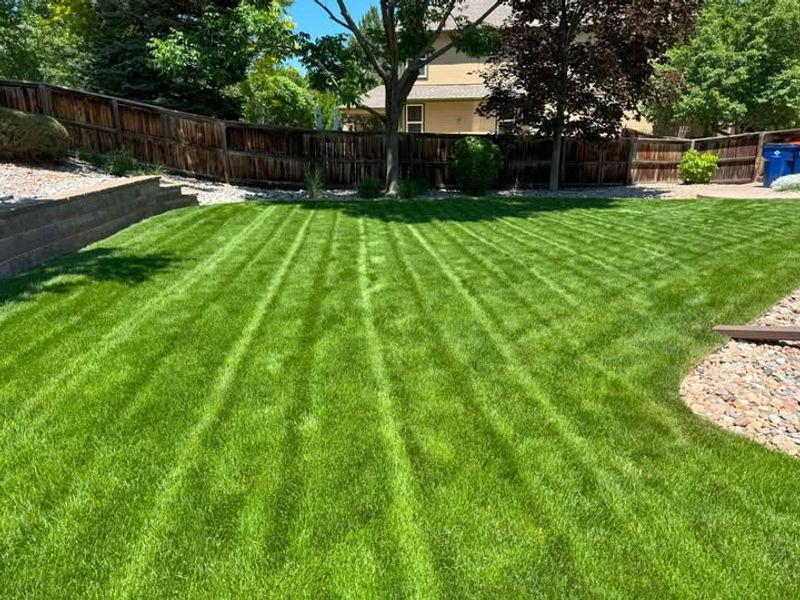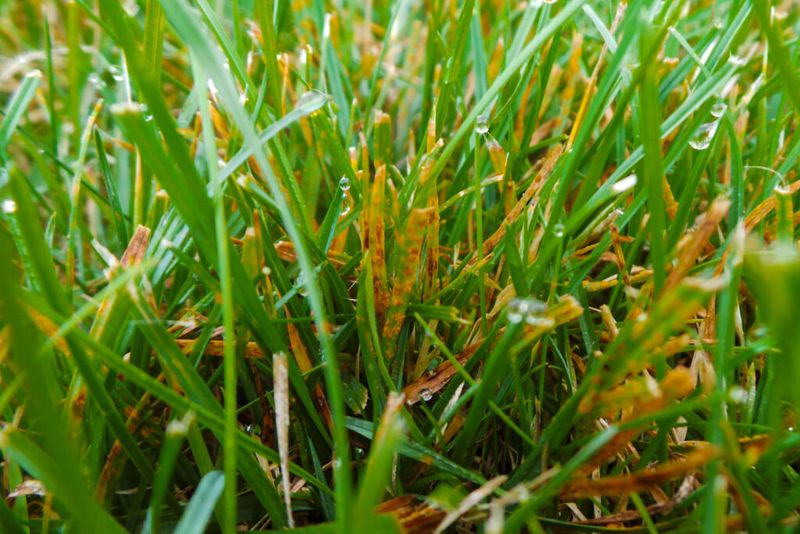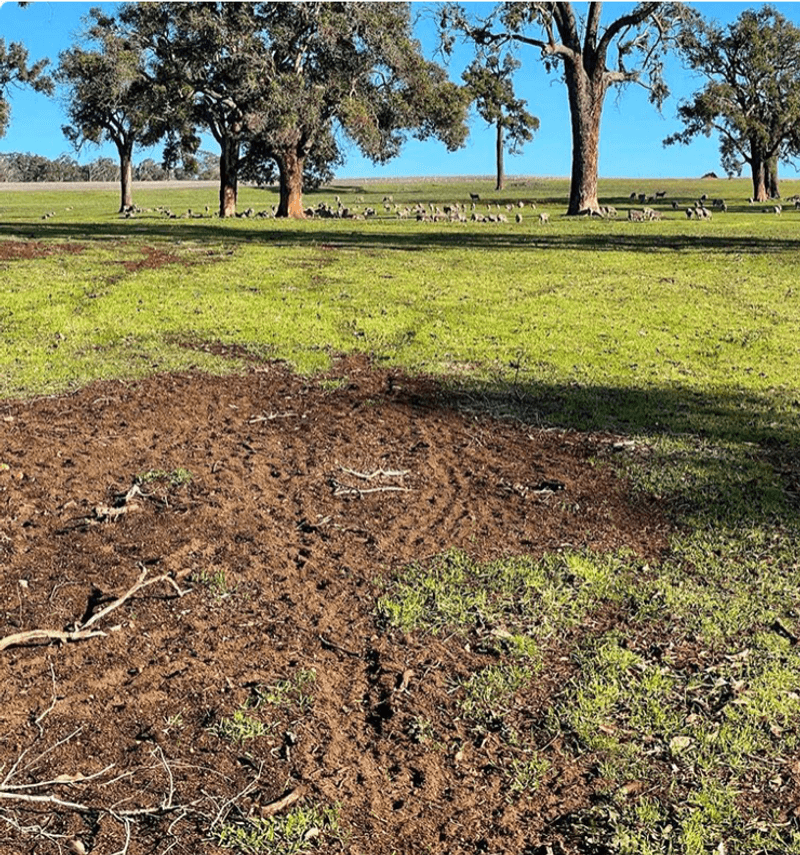Cooler fall temperatures in Indiana can trick homeowners into thinking their lawn doesn’t need water anymore. But cutting off irrigation too soon often leads to brown patches, weak roots, and expensive repairs come spring.
Your grass is still working hard beneath the surface, even when the weather feels crisp. Understanding why consistent watering matters through autumn can save you from costly mistakes.
1. Root Systems Weaken Without Moisture
Grass roots continue growing deep into October across Indiana, storing energy for winter survival. When soil moisture drops too low, roots become brittle and shallow instead of strong and deep.
Weak roots mean your lawn struggles to absorb nutrients and can’t bounce back from foot traffic or cold stress. Homeowners who keep watering through fall notice thicker, healthier grass the following spring because roots stayed nourished.
Consistent moisture helps roots reach deeper soil layers where they’re protected from temperature swings.
2. Brown Dormancy Gets Confused With Healthy Rest
Many Indiana homeowners mistake drought stress for natural dormancy when their grass turns brown in autumn. True dormancy happens gradually as temperatures drop, with grass staying green longer when properly watered.
Drought-stressed lawns enter a survival mode that depletes stored energy reserves needed for winter. This leaves grass vulnerable to disease, weed invasion, and slow spring recovery.
Proper hydration allows your lawn to enter dormancy on its own schedule, preserving strength for colder months ahead.
3. Winter Desiccation Damages Unprotected Blades
Cold winter winds pull moisture from grass blades faster than most people realize. When Indiana lawns go into winter already dehydrated, this desiccation causes permanent tissue damage that shows up as sick patches in spring.
Well-watered grass enters winter with cells full of moisture, creating natural antifreeze that protects against harsh conditions. Dry grass lacks this protection and suffers cellular collapse during freeze-thaw cycles.
Fall watering essentially prepares your lawn’s defenses against winter’s toughest challenges.
4. Spring Recovery Takes Twice As Long
Lawns that stopped receiving water too early in Indiana often need an extra month or more to green up in spring. Stressed grass must rebuild root systems and repair damage before it can focus on new growth.
Neighbors who watered through fall enjoy earlier green-up and denser turf while your yard still looks patchy and thin. Recovery delays mean more time for weeds to establish and more money spent on repairs.
Consistent fall watering gives grass the head start it needs for rapid spring revival.
5. Disease Pressure Increases On Stressed Turf
Drought-weakened grass becomes an easy target for fungal diseases that thrive during Indiana’s unpredictable fall weather. Brown patch, dollar spot, and rust diseases spread rapidly through lawns lacking proper moisture and vigor.
Healthy, well-watered grass has stronger cell walls and better immune responses to fight off these pathogens naturally. Once disease takes hold, treatment costs can exceed what you saved by skipping irrigation.
Prevention through consistent watering costs far less than fungicide applications and lawn restoration later on.
6. Soil Compaction Worsens In Dry Conditions
Dry soil particles pack together much tighter than moist ones, creating rock-hard ground that suffocates grass roots. Indiana’s clay-heavy soils become especially problematic when moisture levels drop too low before winter.
Compacted soil prevents air, water, and nutrients from reaching root zones even after spring rains return. Breaking up severe compaction requires expensive aeration services that could have been avoided.
Maintaining soil moisture through fall keeps ground texture loose and root-friendly throughout the dormant season ahead.

